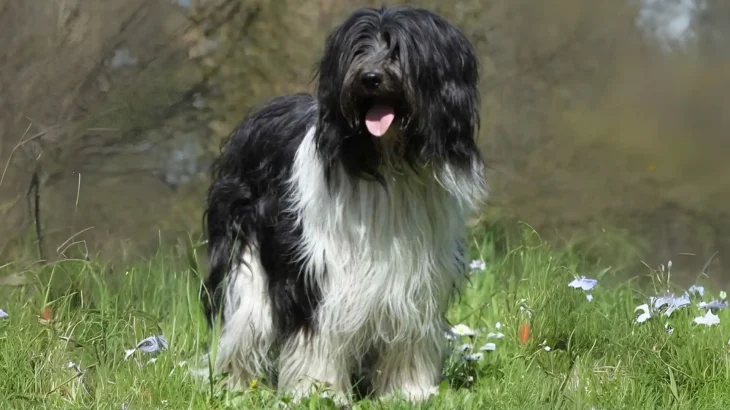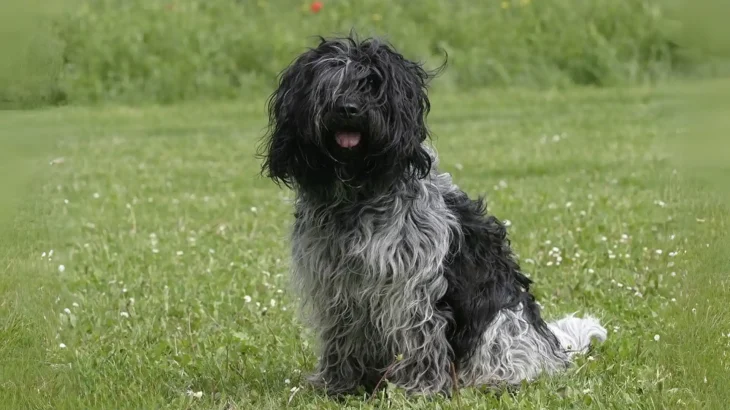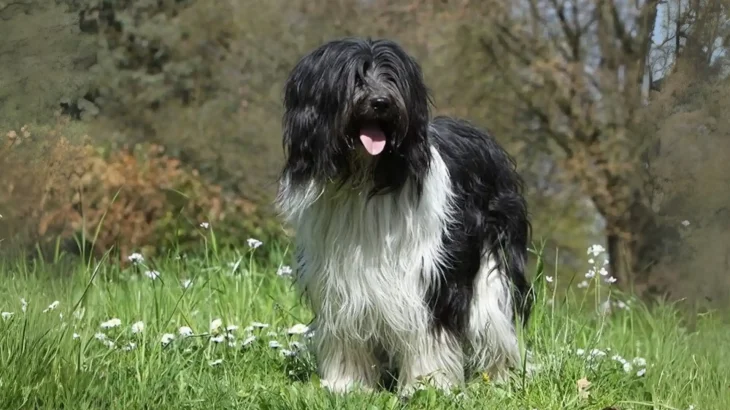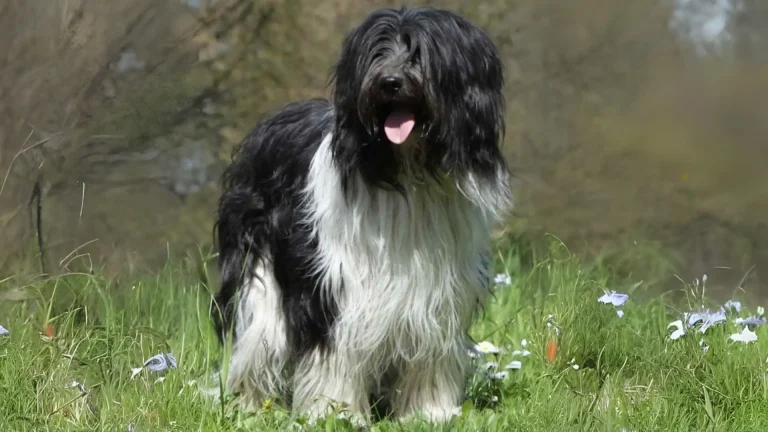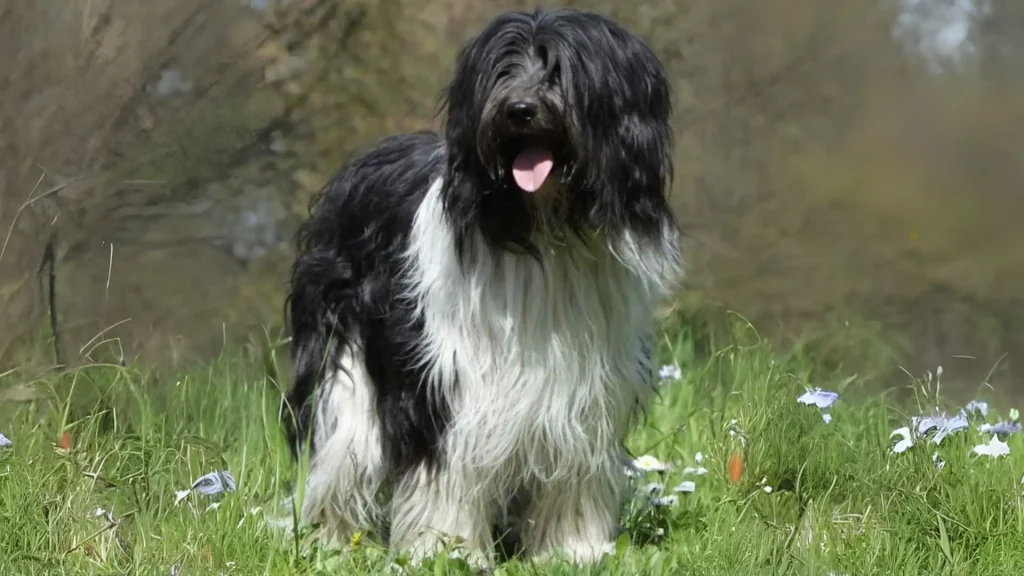Pet insurance is a smart choice for Schapendoes owners. This active breed can face injuries or health issues leading to costly vet bills. Insurance helps cover medical needs, from check-ups to emergency surgeries. Liability coverage can protect owners if their dog causes damage or injury. Knowing what insurance covers, limits, and out-of-pocket costs is key. Alternatives exist, each with pros and cons. The right coverage helps manage Schapendoes ownership, especially when surprises happen.
Health and Surgery Coverage
Insurance usually covers illnesses, injuries, and surgeries—important for an active Schapendoes. Coverage varies; some include hereditary conditions, others don't. Pre-existing issues or elective procedures may be excluded. Insurance reduces the financial strain from costly treatments but may have waiting periods and deductibles. Owners share costs via co-pays.
Liability Protection
This protects owners if their dog injures someone or damages property. Liability is vital in public or new settings. Not all policies include it by default, but it can prevent big legal bills. The downside: higher premiums, and some owners underestimate its importance until an incident happens.
Common Alternatives
Some use dedicated savings accounts or pet health plans for routine care. These offer control over funds but often lack emergency or surgical coverage. It's a choice between predictable small costs and possible high expenses.
Coverage and Owner Responsibilities
Coverage typically includes accidents, illnesses, emergencies; some add routine care. Deductibles, co-pays, and limits apply. Preventive care like vaccinations might be excluded or optional. Owners should budget for these even with insurance.
Advantages and Disadvantages
Insurance provides financial protection, reduces stress, and supports timely care. Downsides: exclusions, premiums, and possible claim disputes. Some feel premiums aren't worth it if their dog stays healthy, but in cases like toxin ingestion or surgery, insurance is valuable.
Illustrative Scenario
Imagine a Schapendoes exploring nature, accidentally eating something harmful. Emergency care costs can climb quickly. Without insurance, owners face tough choices about treatment affordability. Insurance offers peace of mind and support, helping ensure the dog gets needed care without excess financial worry.

